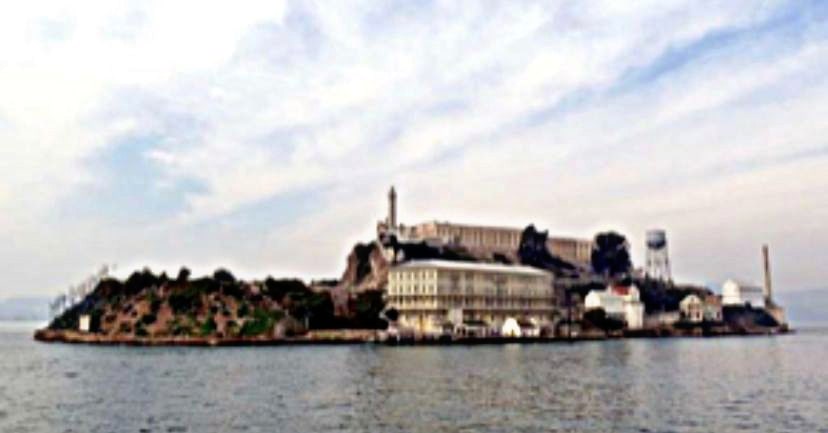
Alcatraz was the world’s most secure prison. It was on a lonely island in the middle of San Francisco Bay. It was “home” to many of the most notorious criminals and gangsters in U.S. history like Al Capone.
Escape from this prison seemed impossible.Until it was closed in 1963, 36 men tried to escape. All were caught or didn’t survive the attempt, except a few people whose fate remains a mystery to this day. On June 12, 1962, three convicts were not in their cells: John Anglin, his brother Clarence Anglin, and Frank Morris.
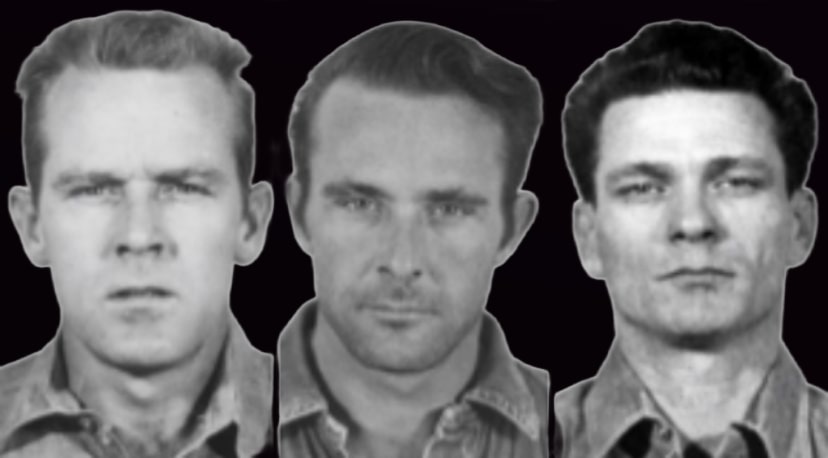
The prison went into lockdown and the guards began an intensive search.The FBI was immediately notified and was asked to help. John Anglin, his brother Clarence Anglin, Frank Morris, and Allen West had begun planning their escape in December 1969 when one of them came across some old saw blades.
Morris was the leader. They used a variety of stolen and donated materials to build and hide what they needed to escape.For six months, the inmates loosened the air vents at the back of their cells by drilling closely spaced holes around the cover so the entire section of the wall could be removed.
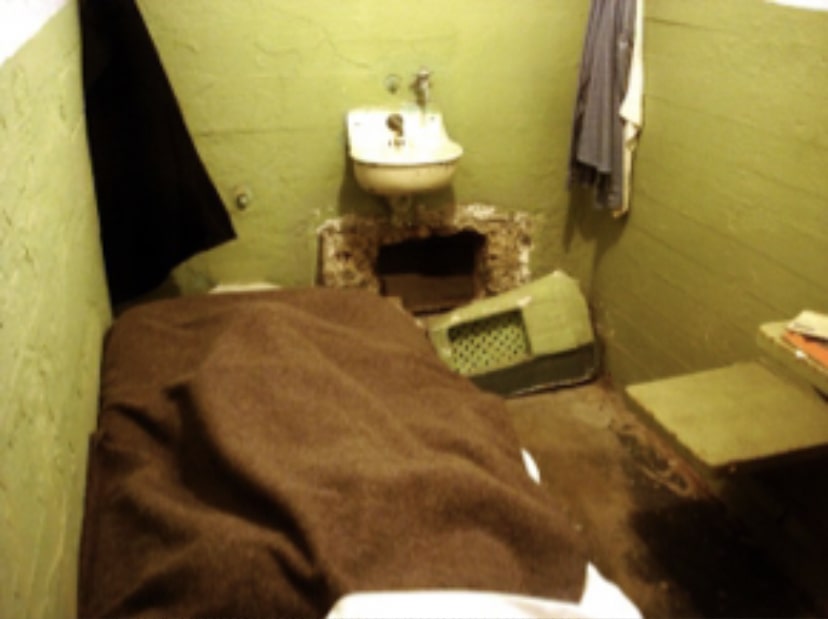
They smuggled metal spoons and an electric drill improvised from the motor of a vacuum cleaner.
In Alcatraz, there was a music hour, which was a recently implemented loosening of the strict rules.
Dozens of men simultaneously playing musical instruments made a cacophony that resounded through the cement-walled cellblock.
It served to disguise the drilling.The men also concealed the noise of their work with the louder noise of Morris’ accordion.Their progress was concealed by false walls which fooled the guards.
After they were finally able to pass through the vent, they found an unguarded utility corridor directly behind their cells.They passed the corridor and climbed to the roof of their cell block inside the building where they set up a secret workshop.
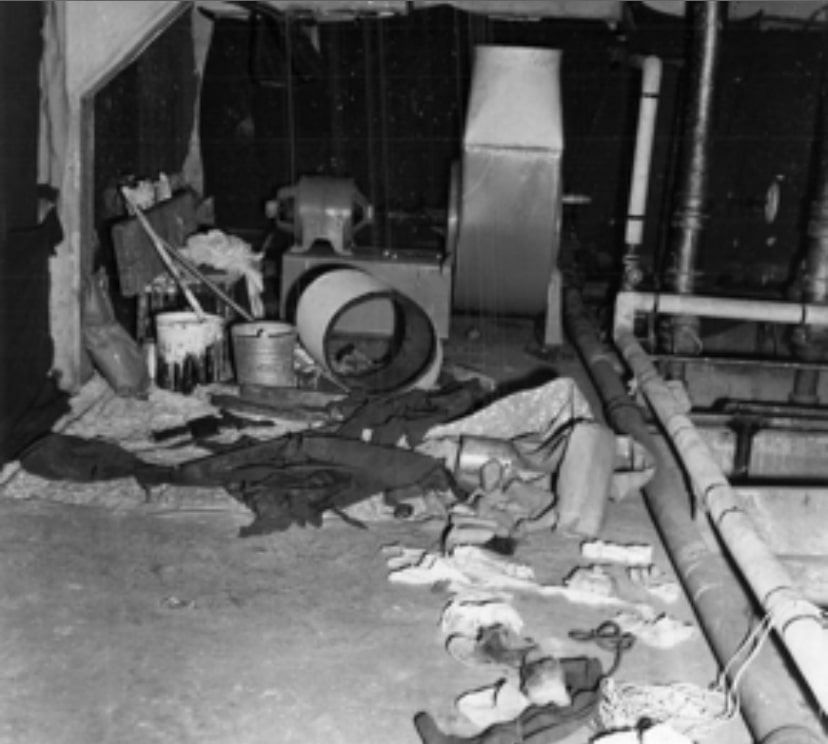
Each night, they would go to their secret workshop.In their beds were cleverly built dummy heads.
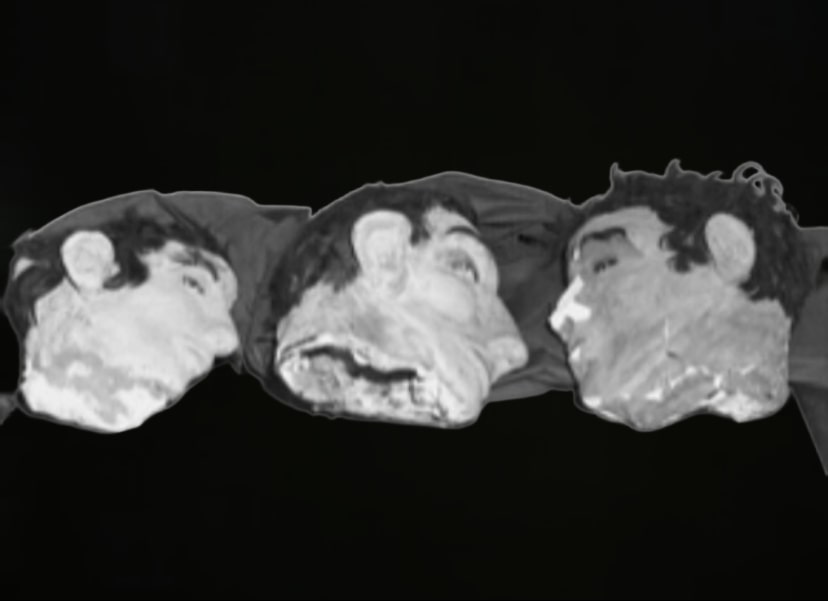
Were made of a homemade mixture of soap, toothpaste, concrete dust, toilet paper, flesh-tone paint, and real human hair from the barbershop floor.With towels and clothing piled under the blankets in their bunks and the dummy heads positioned on the pillows, they appeared to be sleeping.
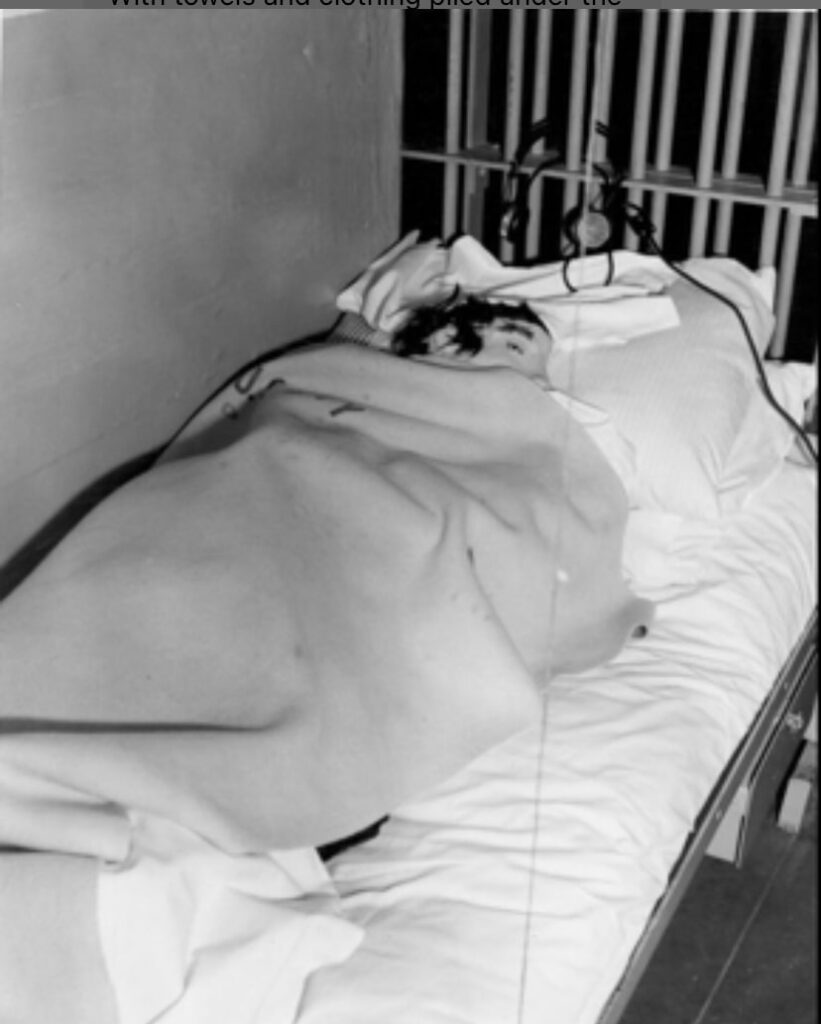
They used different crude tools, including a homemade drill.They constructed a rubber raft using more than 50 raincoats that they gathered. They also converted a musical instrument into a tool to inflate the raft. The ceiling was 30 ft (9 m) high, but using a network of pipes, the inmates climbed up and eventually managed to open the ventilator at the top of the shaft.
On the night of June 11, they began their escape. However, the cement employed to shore up crumbling concrete around West’s vent had hardened, diminishing the hole. The three others left Allen West.They got into the corridor, gathered their gear, climbed the ventilation shaft, and got to the roof of the prison.

Guards heard a loud crash as they broke out of the shaft, but since nothing further was heard, the source of the noise was not investigated.The men descended 50 feet (15 m) to the ground by sliding down a kitchen vent pipe. Then they climbed over the fence which was 12-foot (3.7 m) high.
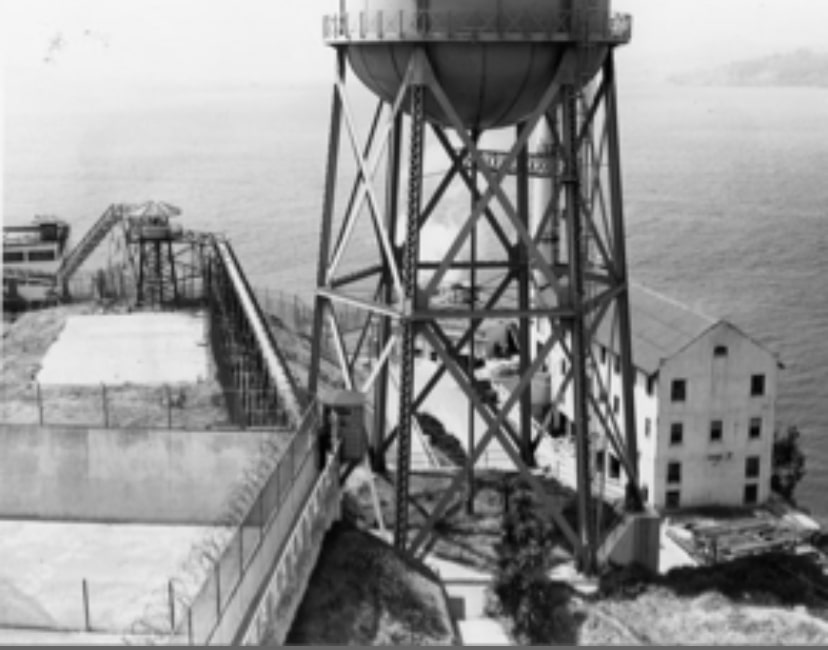
They inflated their raft with the tool they made from a musical instrument. Around 10 p.m., they boarded the raft, launched it, and departed toward their objective, Angel Island, two miles to the north.
By the time West managed to re-widen the hole, the others had already left. He returned to his bed.The escape was not discovered until the morning. Allen West helped the investigators by giving them a detailed description of the escape plan. In return, he was not punished for his role in it. However, it remains unknown what happened to the escapees. Many people have tried to prove that the men could have survived.
The FBI interviewed relatives of the men and compiled all their identification records.An extensive air, sea, and land search was conducted for over 10 days, On June 14, a paddle was found
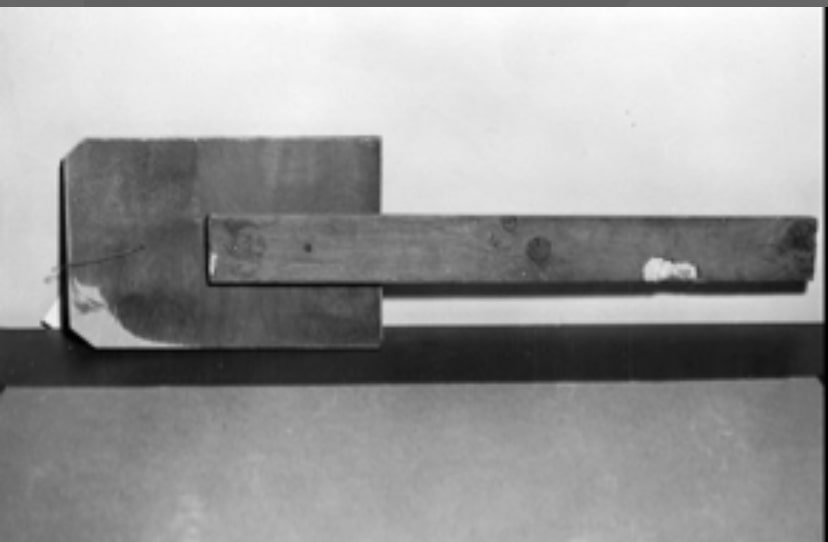
On the same day, a wallet was found wrapped in plastic. It contained names, addresses, and photos of the Anglins’ friends and relatives. On June 21, shreds of raincoat material, believed to be remnants of the raft, were found. The following day, a homemade life vest was also discovered washed up on the beach. The incident led to the closing of Alcatraz on March 21, 1963
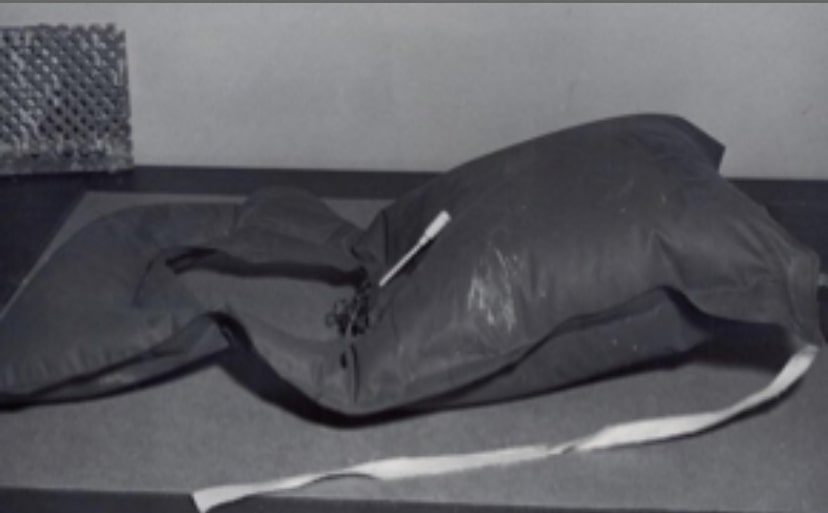
In 1979, the FBI officially concluded that, while it was theoretically possible for the men to have reached Angel Island, they probably drowned in the frigid waters of San Francisco Bay. There have been many sightings of the prisoners reported as well as lead to their whereabouts submitted; some of which have been discounted, others are taken seriously.
In January 1965, the FBI investigated a rumor that the Anglin brothers were living in Brazil. Agents were dispatched to South America to find them. In the early 2010s, evidence came to light which would appear to suggest that all three men survived.
During their breakout they planned to steal a car once on land, but the FBI said that they never uncovered any thefts case during the time. According to the final FBI report, the escapee’s raft was never recovered. However, investigators did find a raft on Angel Island and, though the FBI said that no cars were reported stolen, a 1955 blue Chevrolet was stolen after the escape by the three men. It is possible that the officials engaged in a cover-up.
Relatives of the Anglin brothers presented further evidence in the mid-2010s in support of the rumor that the Anglin brothers had fled to Brazil. A 1975 photograph of two men alleged to be John and Clarence Anglin was found
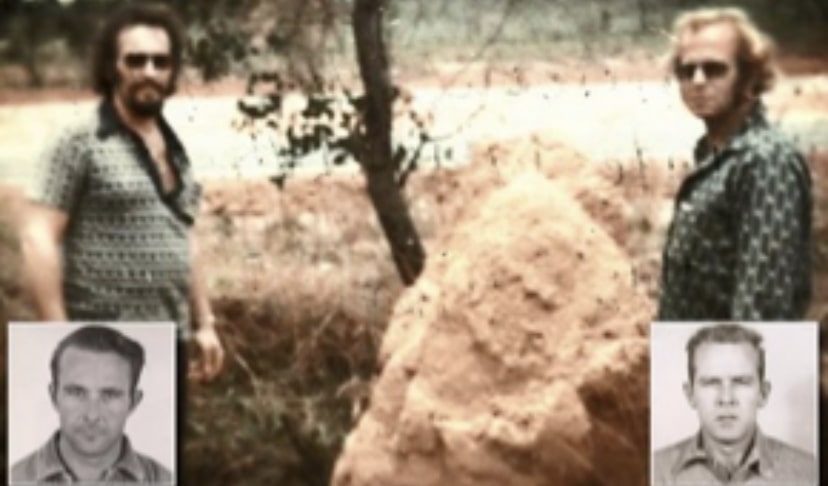
A facial recognition analyst concluded that the two men in the photo were the Anglin brothers. Although the evidence has been found not substantial enough. The FBI hand the investigation over to the U.S. Marshals Service.
.